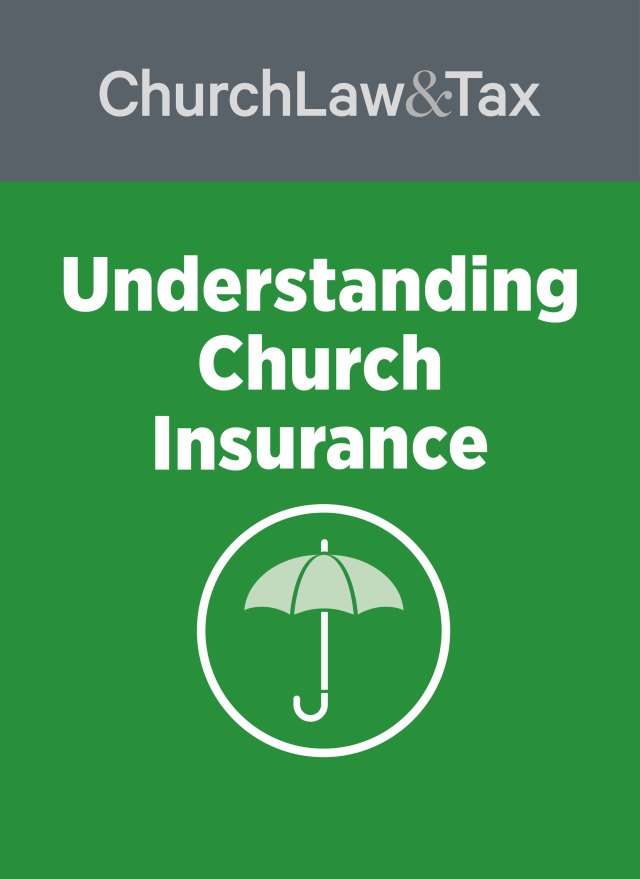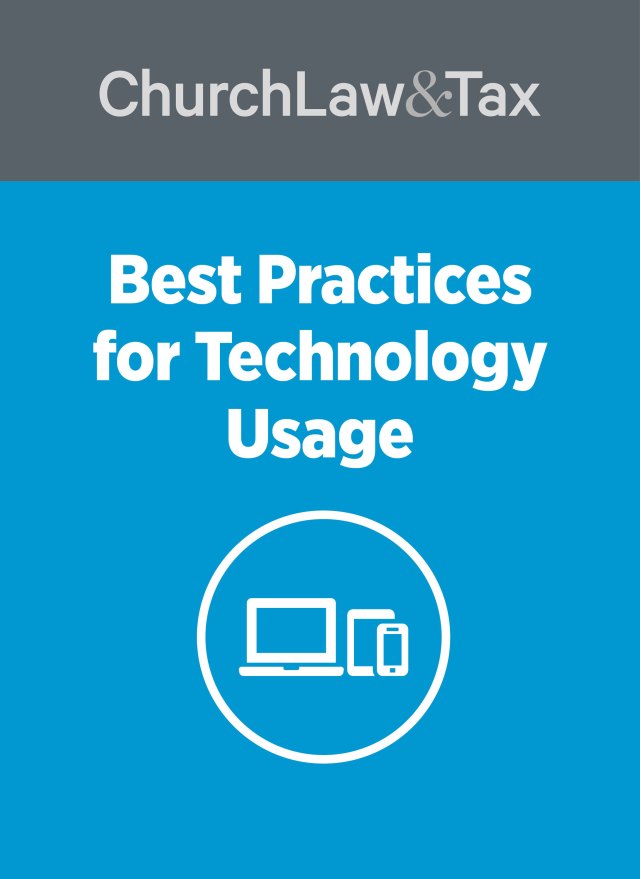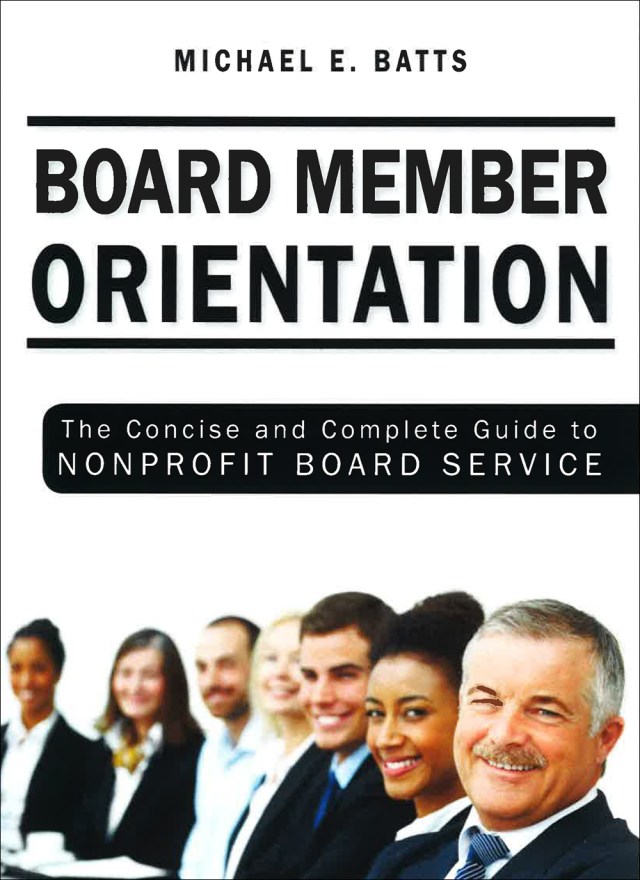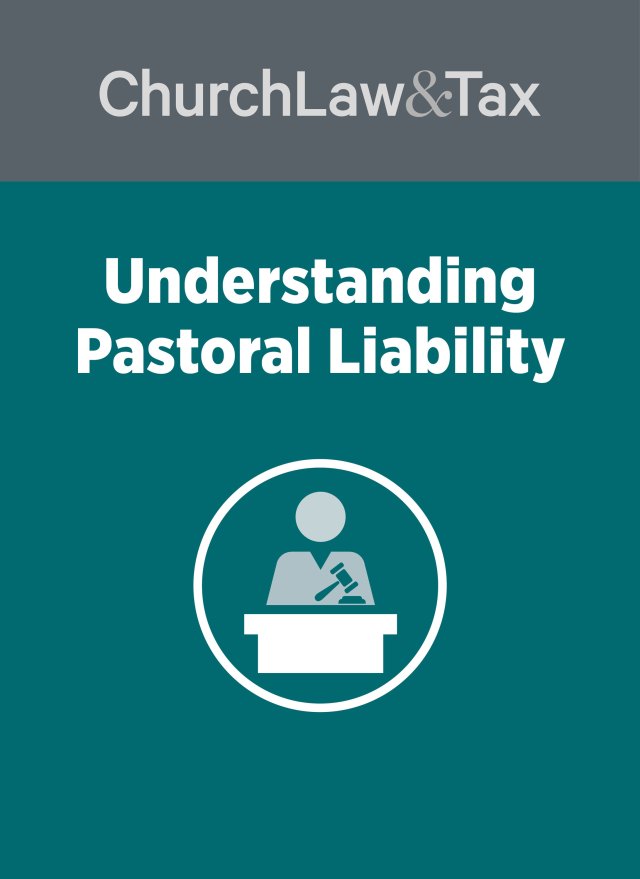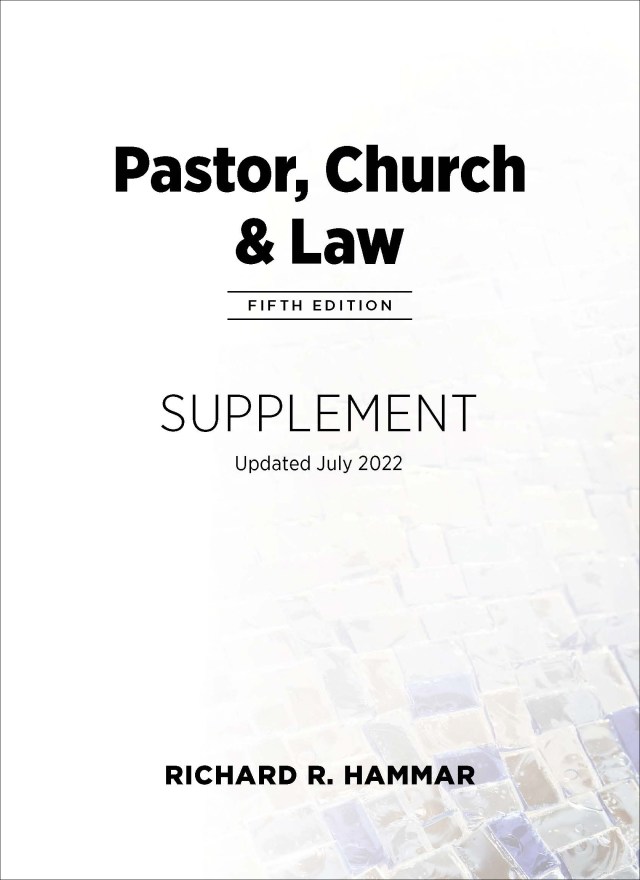While preaching few years ago, a notable pastor made comments on homosexuality that were recorded and posted on the internet. Her comments went viral. Many viewers—Christians and non-Christians alike—acknowledged that while portions of the comments were in line with Scripture, the delivery was devoid of love and instead perpetuated hate and condemnation.
The pastor in question was forced to respond to the backlash on social media, and in turn, she experienced a wave of ramifications, including the loss of an appearance on a popular television show, the cancellation of a radio show, and even the stripping of an earned honor and award.
I watched the situation with this pastor unfold from the periphery and as an outsider, but with a great deal of interest. As I fellowshipped with church leaders and met with clients of mine who are pastors, this trending topic was a constant point of conversation.
Through these dialogues, I had the opportunity to talk to these ministry leaders about the rules of engagement for social media. After all, social media brings many positives to the church experience—through it, many churchgoers and followers feel more connected and more invested because they can interact with pastors and leaders as they share about issues and matters outside the realm of the pulpit and Bible study. Social media is now an intrinsic part of modern evangelism and a church’s “new normal” on myriad fronts.
But it can also go wrong. One inherent characteristic of social media is that it is not a passive activity. Those who have social media accounts don’t just go on the platform to see what is happening, but instead they actively engage with the platforms, sometimes causing posts to go viral.
The right shares and the right audience—coupled with the topic at hand in the post—can trigger an avalanche of sharing across the internet. When that occurs, a post can gain a life of its own, sometimes providing a celebrity or leader (such as the aforementioned pastor) with infamous status.
How can you avoid a similar situation from playing out at your church—while still taking advantage of the benefits social media offers to ministries? Here are some key guiding principles for engaging online in safe (and smart) ways.
1. Monitor what you post—and what others post about you
If you’re in the pulpit, there is a great likelihood that your comments will find their way into someone’s social media post. As previously discussed, social media users are not passive participants or spectators in their social media worlds. They are engaged, and they post content.
If you say something that evokes some emotion—good or bad—expect that, just as they react to your words live, there is a chance that someone will post the information online. We all do it. Whether it’s a caption, a meme, a video, or a photo that makes us laugh or cry, we quickly hit the “like” or “share” button. With that in mind, consider anything stated or published publicly, by you or by the church, to be accessible and potentially published by others.
Additionally, some common social media situations in ministry can potentially expose a church to liability—and it is important to know how to respond.
The following list is not exhaustive, but it can offer guidance in regard to several specific scenarios:
- Reposting copyrighted materials. A church can easily find itself in a situation in which it has committed copyright infringement. When posting on a social media page or a website, church leaders should remember that any material—outside of content directly created by the person drafting the post or article—must be duly credited, and permission for use must be duly obtained. Authorized use can be obtained via payment for a licensing fee or by expressed consent from the original creator of the work. Obtaining permission for use also applies to photographs and even digital images. Reposting verbatim, without the need for payment or consent of the copyright holder, is only allowed under what copyright law deems as “fair use,” which is when material is used for a specific purpose, such as criticism, news reporting, teaching, or research.
- Prayer requests and sensitive information. The publication of a person’s prayer request should not be done without that individual’s express consent. The invasion of privacy that results otherwise is a huge point of liability for the church. Also note the sensitive nature of posting images and videos of congregants, especially children.
- Privacy settings. Facebook and Twitter have privacy settings that can be customized to ensure maximum protection for a church. This can be a way to manage who has access to the church’s posts. Churches can also limit who has access to their accounts and institute an administrator-approval process before an item is posted on their public pages. On public pages, the church may also post a disclaimer indicating the type of information it will allow ( e.g., no disparaging remarks about individuals or the church, no profanity, and so on).
- Deciding who to follow or “friend.” Just as the content of posts on social media should be reflective of a church’s values and mission, who the church follows on social media should be just as thoughtful and consistent with what the church and individual leaders represent. The account’s administrator (or the church’s social media team) should monitor who the church follows and is followed by; should any inappropriate or concerning activity arise, it can then be immediately addressed.
2. Control the narrative: post what you want the world to know about you and your ministry
One of the challenges when a post goes viral is that it is not always in context. A snippet that is recorded and uploaded can catch someone mid-thought or mid-sentence, presenting a skewed account of what was really said. The “eavesdroppers” who later view the video not only receive a message that may be out of context, but they share it in the same way—and that lack of context is perpetually multiplied.
What will make the difference is if, as a matter of course, your church is active on social media platforms and establishing the footprint of your ministry. Should anything ever be taken out of context, there will then be substance in the internet ecosystem that speaks more loudly about who you are and what you represent.
Your church’s internet presence and social media footprint—whether on Facebook or Twitter or elsewhere—often serve as your church’s first impression to the world. It is a face that you present in much the same way that your greeters and ushers make a first impression to visitors.
One of my church clients has seen a tremendous increase in the number of foreign visitors on any given Sunday. What started with a group of 30 to 50 people, who were visiting from out of the country and wanting to visit an “American Gospel” church, has turned into hundreds of individuals from throughout the world who come to visit the church based on its website, Yelp reviews, and posts by previous visitors. Both an international ministry and a translation ministry (to provide interpretation during services) have resulted from the influx of global visitors, and much of it has been fueled by the church’s web presence.
As such, it is critical that what is posted on your social media accounts, as well as your website, is intentional and congruent with your overall ministry goals. If your target is millennials and evangelizing to them, then you post material that is relevant to that generation. If your focus is missions and international aid, then you adjust your focus accordingly.
Use your church’s social media accounts—and wider internet presence—to perpetuate the mission and vision of your church.
3. “Free speech” is not so free
Many people believe that what they post on social media as part of their “personal lives” is their business—that it’s protected by “free speech,” free from employer scrutiny, and not potentially serving as the basis for the loss of employment.
“Free speech,” however, is a concept that is often misunderstood. The basis of free speech is protection from governmental interference and constraint. As such, if you are a public employee, you have some free speech protection because you work for the government (although courts have been cautious in this area and have limited the protection to speech that includes “matters of public concern”).
But if you work in the private sector, such as a church, you do not have the same free speech protection, and social media posts—even on private accounts—may indeed serve as a basis for termination from employment. Thom S. Rainer published an article on reasons pastors might get fired due to social media posts. Making combative or political comments, taking on church members, criticizing other people, and making unsavory or lewd comments were noted as the major culprits.
As employees, we can sometimes be viewed as extensions of our jobs, and a pastor is often viewed as synonymous with the church he or she leads.
Suppose a pastor makes comments like the ones Rainer notes—comments that may go viral and create ramifications for the church. Suppose a pastor takes a position that is contrary to that of the church by virtue of its established tenets of faith or its governing documents. The church has the right to terminate employment and should exercise that right.
One preventive step churches can take to address this issue is to create a social media policy. This is an effective way to manage expectations regarding the use of the various platforms and what is (and is not) acceptable content.
4. Let wisdom and love guide you
Yes, social media is a forum to address issues impacting the world; but you can comment without politicizing or offending.
In conversations with church leaders following the viral post I described at the start of this piece, pastors were concerned that they were being told they could no longer say or post their true feelings—that they would face repercussions if a segment of the population did not agree with them and decided to share and create viral sensationalism.
Proverbs 4:6 tells us to “not forsake wisdom,” and that tenet is surely applicable here. Of course, as a pastor and as a Christian, you are an ambassador of Christ, and you must espouse that which is in alignment with the Word of God—but use wisdom.
Remember that though we are not of this world, we live in it. As such, you must consider the time and place for your comments. Sometimes you must conduct a cost-benefit analysis and determine whether you do more harm or good to the cause of God if you address a particular issue.
Additionally, how you say something is often just as important as what you say. The Bible should not be diluted, but the Word is to be delivered in love. You can speak to sin with love and create just as much of a viral reaction.
5. Use social media—don’t let it use you
Social media has many favorable attributes and can serve a church and a pastor well, with access to an immediate audience and an amazing platform. But much is required in the way social media is utilized. There must be an intentional approach to its use, as well as an understanding and sensitivity to the way most people process social media feeds.
Overall, however, churches benefit greatly by investing in their social media presence and leveraging this powerful tool for all of its positive elements, so that it becomes an instrument for the good the church does—not a point of challenge or contention.

